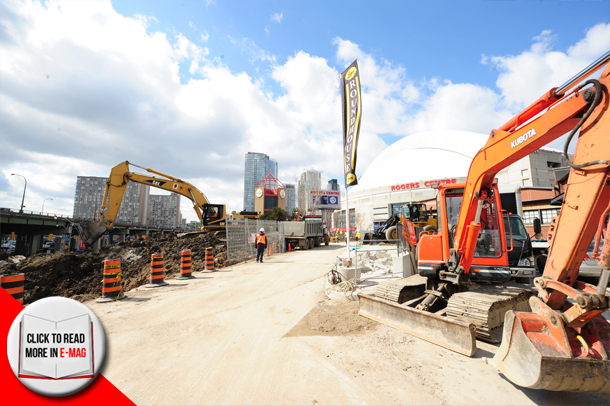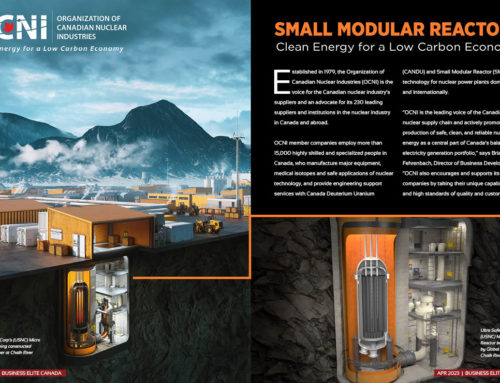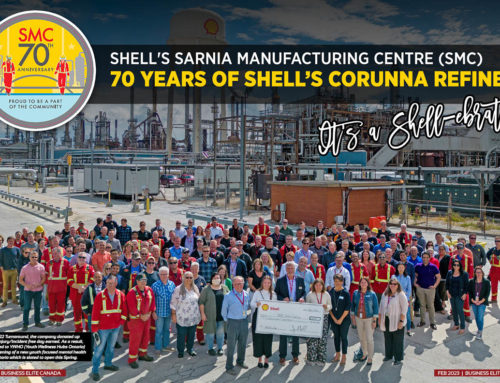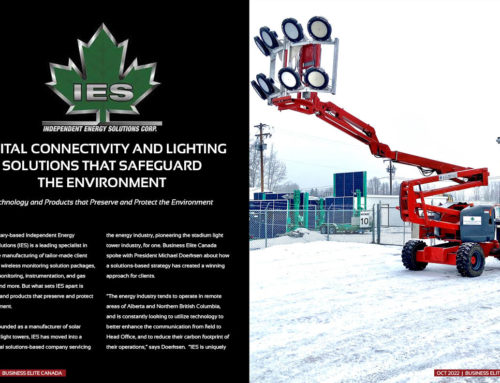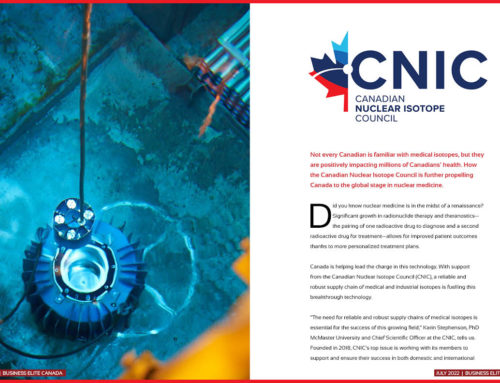Reliability for the Core: Why Toronto Hydro is Building a New Transformer Station in the City’s Downtown Core
By: Toronto Hydro
Between 2006 and 2011, the population in the city’s downtown increased by over 50 per cent. Based on Toronto Hydro’s load forecast, between 2017 and 2022 anticipated load increases will exceed the ability of the company’s five downtown stations to handle demand. In downtown Toronto, there is an immediate need for additional capacity. Toronto Hydro’s new downtown transformer station, officially named the Clare R. Copeland Transformer Station, will provide much needed additional capacity to serve current and future load requirements in this high-density, high-growth area of Toronto. In addition, the new station will ‘back up’ the existing Windsor Transformer Station, located on Front Street, in order to enable staged replacements of its end-of-life equipment.
Work is well underway at the construction site of Toronto’s new downtown transformer station. Located on federal heritage lands, near the historic John Street Roundhouse north of Lakeshore Boulevard, it is the first station built in the downtown core by Toronto Hydro since 1955. When in service, it will provide electricity to buildings and neighbourhoods in the central-southwest region of Toronto, including major institutions such as the CBC, Rogers Centre and the new Ripley’s Aquarium. The majority of the station will be built underground and will preserve the historical railroad building called the Machine Shop.
“This new station will provide a reliable supply of electricity at the distribution level for downtown Toronto,” says Tom Odell, Project Manager at Toronto Hydro. “Specifically, the station will serve those very critical loads that are in the Financial District, Entertainment District, CBC headquarters and the massive amount of development that’s taking place along the Lakeshore and Queen’s Quay.”
This is just the second underground transformer station in Canada – the first being in Vancouver. Once it’s complete, the station will be approximately 50,000 square feet, with three floors spanning 40 feet below grade. Toronto Hydro is also using more modern equipment such as gas-insulated transformers. This is the first installation in Canada using this type of equipment and the second in North America.
“Trying to shoehorn a transformer station into that very small site has been the most challenging aspect of the project,” Odell said. “Because of its location in one of the busiest, most highly populated areas of the city, building the station underground is the only option. Housing everything underground reduces the station’s overall footprint and allows it to blend-in with the neighbourhood.”
Toronto Hydro began by completing pre-construction work to prepare the site, including rerouting an access roadway, relocating current tenants Leon’s and Steam Whistle’s services to the roundhouse to reduce interference, and undergoing environmental remediation of the interior of the Machine Shop ahead of its disassembly.
“We expect that moving forward with pre-construction work probably saved us six months of our schedule because we got that completed ahead of time,” Odell said.
Following the April approval from Toronto Hydro’s regulator, the Ontario Energy Board, to proceed with the project, construction activities ramped up. Working with Carillion Canada, the company has been undertaking shoring and excavation work ahead of the foundation work and building construction. Once finished, it will start the electrical work; placing transformers underground and re-assembling the Machine Shop. Because of its location on a designated heritage site, next to Toronto’s landmark Roundhouse building, special consideration must be made during construction. For instance, the Machine Shop, which was historically used for repairing rail cars, has been taken apart brick by brick to build the station. It will be reassembled to appear exactly as it was once the station is complete.
The Machine Shop will house the protection, control and station service equipment, while the major equipment (transformers, switchgear, cabling, etc.) will be housed below. Electrical supply for the station will be provided from Hydro One’s transmission tunnel, which is located under Front Street. From the intersection of Front and Lower Simcoe Streets, cables will be routed via a new 600 metre long underground cable tunnel, located 30 metres below ground to the new station, where the voltages will be reduced for distribution to customers in the area. The new station is expected to be complete by the end of 2014.
“We have a very ambitious schedule,” Odell added. “We’ve cleared approvals, worked collaboratively with our neighbours, addressed our heritage requirements, and secured funding. Now, it’s all about building the project, building it safely and executing on budget and on time.”

